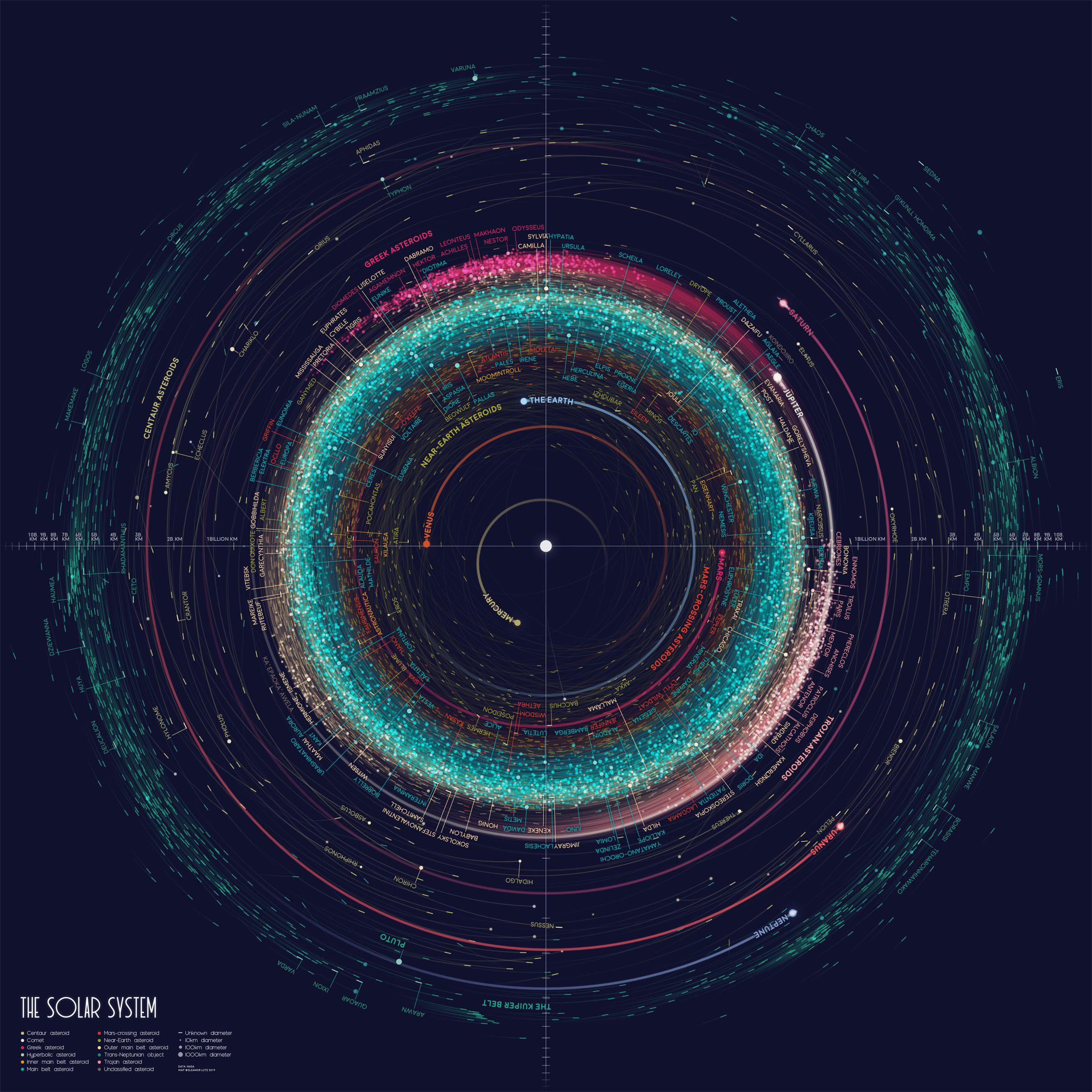Well, that’s neat.
But where is that really relevant? Typical albedo of anything around a solar panel seems to be like around .2, meaning that these cells which have 23% efficiency on the front, and ~21% on the back.
Solar Irradiance is usually less than 7kWh/m²day.
So this Panel could get around 1.6kWh/m²day on the front and 0.3kwH/m²day on the back.Isn’t cost way more relevant than getting a few more % efficiency?
As long as “we” (as in humanity) can’t afford to put solar panels on the top of every/most surfaces that we build, it seems that driving down the cost is more paramount.
Luckily that is happening too thoughBifaciality isn’t new or limited to perovskite based PV. Ground reflection is also not the only source of indirect light.
This article is very bad, but bifacial panels are starting to dominate the industry for good reason. The backside gives a 5-20% boost in total annual yield (which is worth it on its own), but more importantly that boost is skewed towards times with low direct irradiance (such as cloudy days). This reduces the amount of storage required.
It also allows other orientations. Vertical installations have huge advantages including better compatibility with agrivoltaics, generation skewed towards times where low tilt panels don’t produce (morning-evening for east-west and winter for north-south), better dual use, and lower racking cost. Glass-glass encapsulisation is also more durable and this alone pays for most of the added cost.
Thanks for the background. My panels are dual glass encapsulated but not bifacial – not that I would be able to profit from it anyway.
I would hope that there’s enough people on this so that different teams can develop solutions for different problems at the same time.
This is nothing new, bifacial solar panels are on the market for well over a year now…
e.g. https://www.pv-magazine.com/2020/06/08/jolywood-unveils-black-bifacial-module/
Cheap and readily available…
Read past the (admittedly misleading) headline. This article is about double-sided perovskite solar panels, which is apparently just a better material, and maybe it benefits more from the double-sided structure? Not sure of the specifics, but they’re saying efficiency can reach 30%, which is a lot higher than your example.
Hmm, I talked with grid solar people who’ve been using this for a while about a year ago. Maybe this is a new version? Anyway, they were saying that it really helps in the winter when you can harvest the reflected light from the snow. But doesn’t do a ton usually.
If it helps with snow, white paint or light coloured concrete should work fine too. No?
As the planet warms, we’ll increasingly need to paint flat roofs white anyway.
Yeah, but the people I was taking to worked in grid scale rather than utility scale, so in fields rather than buildings. You’d want to avoid paving over the whole field for cost, but also avoiding huge runoff. They are often also renting the fields for 20 to 30 years rather than buying them outright, so paving over the whole thing wouldn’t be appreciated.
Plant daisies, or graze white sheep under them :)
Lol yeah the high albedo of grazing sheep has been tragically understudied until now.
They’re soooo floofy.
Definitely!
TLDR; the front side is 23% efficient, and the rear side 20% efficient.
They don’t actually give an overall efficiency but it implies a total of 43%. They compare this to typical panels also at 23% efficient, so it’s really remarkable if true. Other emerging solar tech is up to about 32% but if that could also benefit from multiple layers then total efficiency could become insane.
Seems a little too good to be true, really, but great if so.
Edit: Yeah, I don’t think these efficiencies can be added like that. I guess the overall efficiency will depend on how reflective the ground under the panels is, and they will extract 20% of that. Maybe that’s why they don’t give an overall rating.
I don’t think you can just add up efficiency percentages like that…
Sure you can. That’s why a UV lamp shining at the six 20% solar panels that power it can run your FTL drive.
Just need another sun on the opposite side
I think you’re right there. My bad.
You double(ish) the surface area. So 23% efficient front panel + 20% rear panel.
deleted by creator
There isn’t nearly as much light coming from the back, so you won’t get that much efficiency improvement
I’m pretty positive this has been a thing for a while? Though I have no proof.
I have also invented double-sided paper which holds vastly more information.
I can wipe with both sides now?
Yes, just remember to wash your hands 93% more.
Wow, that’s great for planets in twin star systems.
It’s interesting that we usually assume the scattered light that has been reflected has much less energy left. Glad to see more movement in renewable energy production.
What i got from the article is a panel can get 20% more energy this way. So a 500 watt panel could harvest 600 watts. 500 from the front and 100 fromthe back.
Doesn’t it say that the front is 23% efficient, while the back is 20% efficient? So it harvests 90% of the power of the front side.
That makes them harvest almost double the energy, no?But the back side of the panel gets much less light because it is getting it indirectly. If there were a sun hitting both sides then you would be correct
Good
Well cost is the main consideration. I mean most would consider cost per kW primarily. Efficiency only counts for something when it’s a factor in cost. It’s good when solar panels can be smaller, but in utility installations space is usually not a limitation.












